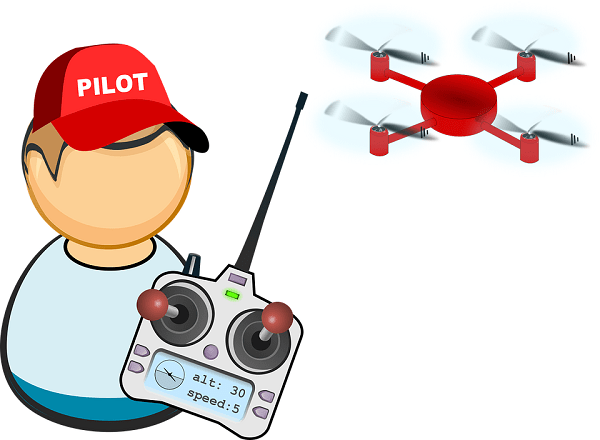Drones or Unmanned Aerial Vehicles (UAVs) are steadily rising in popularity. Humans use them for various operations, which include monitoring, observing, and protecting wildlife. However, according to researchers, drone users must take steps to guarantee that their activities don’t cause animals any unnecessary stress.
How are UAVs Utilized in Wildlife Science?
Wildlife Ecology
Landscape imagery can aid connect the relationship of the more extensive ecological concept of animals’ habitat and how they interact with their ecosystem.
Wildlife Management
Drone technology has a surge in usage throughout the years. Wildlife specialists utilize them to count animal congregations, such as those in colonies like seals and shorebirds. It has also become an essential tool to observe the behavior and watch over the horses on a vast farm. Additionally, they’re used to ID animals in remote areas such as the ocean.
Wildlife biologists use UAVs for mapping habitats and their counter-poaching operations. The advantages of using them are apparent in numerous domains, including the science of wildlife. Although, there are indeed more things individual users can study in honing their art.
Hobbyists wanting to document their travels now opt to use drones, making them popular equipment pieces. Currently, there are drones to fit any budget.
DJI, among the most popular manufacturers of UAVs, made almost $2.7 billion just in 2017. The figures only continue to grow as more drone technologies emerge.
Most of both hobbyists and biologists drone users don’t want to disrupt wildlife and often ask for expert advice. In some cases, however, some users may not be aware that their UAV operations may cause significant and undesirable disruption.
Even when animals might not act disturbed, they could still be pretty stressed. For instance, a bird may consciously elect to stay near a drone regardless of the stress because it guards the hatchling or incubates an egg. The responses of creatures depend on various factors, including the species, historical and environmental circumstances, and the type of UAV and its mode of operation.
Studies show that UAVs can be more effective in wildlife monitoring than traditional methods. Also, drones can produce more accurate observational data. Consequently, there was an increase in the utilization of drones for research. Scientists proceed to develop a system of best methods to alleviate or mitigate potential wildlife disturbances concerning UAV usage. The aim is to guarantee that drones can be an effective, low-impactful environmental survey equipment.
Obligations of Using UAVs Nearby Wildlife
UAV users, both hobbyists, and biologists must study and understand the laws related to drone use and flying in their respective regions, as it’s different for every state, property, and country.
For example, flight restriction zones exist around the populated areas, in some national preserves and parks, near airports and military bases, in conservation areas, and more.
Maximum height restrictions also exist for UAVs in flight. The limits are at their maximum within a specific distance of any secure location or airport. Violations of these regulations can lead to possible jail time and extensive fines.
It’s stated explicitly on the DJI website that safe drone flying demands the operator keep the UAV in their line of sight and never fly above moving vehicles, animals, and people.
Other regulations UAV users must adhere to are the following:
- Drone users must ask for approval when required and explain the expected advantage of using drone technology in their operation.
- Well-trained drone operators have to comply with all the appropriate rules of civil aviation, which might include flying restrictions at night, near people, or in the vicinity of significant infrastructure and forbidden areas, past a visual line of sight, and above a fixed altitude.
- Drone users should choose or modify their UAVs to minimize disturbances, for instance, by disguising their drones as non-threatening creatures.
- Drone operators must launch and recover their drones from a distance, and they should maintain a reasonable distance from animals at every time during their flight operations.
- Physiological and behavioral stress responses have to be measured at any time, and drone operators must stop their flights if undue disruption is detected.
- Drone flight practices and specifications must be precisely reported and fully shared in published researches, together with any accidents, incidents, or any responses from animals.
By fostering an awareness of the potential influence of drones on wildlife, UAV operators can become more mindful of the repercussions and employ the code to make sure their drone operations are done responsibly.
Researchers now conduct investigations to understand better the response of different animals to drones. The work results will bring information about the progression of species-specific protocols that will alleviate or mitigate potential disruption.
Drone operators must consult with relevant experts and advance with plenty of caution in circumstances where the proof is lacking. Additional research on the impact of drones is also required.
UAVs can aid in managing, conserving, understanding, and protecting our planet’s ecology in this time of modern technology— only if used ethically and responsibly.


